Sony Group BTMS3 Bluetooth Module User Manual CJ
Sony Corporation Bluetooth Module CJ
Contents
- 1. BTMS3_Host User Manual
- 2. BTMS3-User Manual
BTMS3-User Manual
BC05 Module Spec.
Shenzhen Synchron Electronics Co.,Ltd. 2010.11
1.General Description and Spcification
1.1 General Description
This product is a Class 2 SMT Bluetooth Module used CSR BC5-MultiMedia
External. It provides data and voice communications. It interfaces with a host through
USB or UART and support data rate up to 12M/3Mbps.
General Fetures:
■ Class 2 Bluetooth Module
■ Bluetooth Spec. V2.1+EDR Compliant
■ Support Firmware Upgrade
■ USB 2.0 and UART Host Interface
■ Multi-Configurable I2S, PCM or SPDIF Interface
■ Integrated 1.5V and 1.8V Linear Regulators
■ Integrated Switched-mode Regulator
■ Integrated Battery Charger
■ Integrated Microphone bias& LED Driver
■ 64MIPS Kalimba DSP Co-processor
■ Built in 16-bit Stereo Codec- 95dB SNR for DAC
■ Enhanced Audibility and Noise Cancellation
■ Support for 802.11 Co-existence
■ Green (RoHS Compliant)
1.2 Device Details
Radio
■ Common TX/RX terminal simplifies external matching; eliminates external antenna switch
■ BIST minimises production test time
■ Bluetooth v2.1 + EDR specification compliant
Transmitter
■ 4dBm RF transmit power with level control from onchip 6-bit DAC over a dynamic range >30dB
■ Class 2 and Class 3 support without the need for an external power amplifier or TX/RX switch
Receiver
■ Receiver sensitivity of -70dBm
■ Integrated channel filters
■ Digital demodulator for improved sensitivity and cochannel rejection
■ Real-time digitised RSSI available on HCI interface
■ Fast AGC for enhanced dynamic range
Baseband and Software
■ 16Mbit external Flash
■ 48Kbyte internal RAM, allows full-speed data transfer, mixed voice/data and full piconet support
■ Logic for forward error correction, header error control, access code correlation, CRC,
demodulation, encryption bit stream generation, whitening and transmit pulse shaping
■ Transcoders for A-law, μ-law and linear voice from host and A-law, μ-law and CVSD voice
over air
Physical Interfaces
■ SPI with clock speeds up to 64MHz in Master mode and 32MHz in Slave mode
■ I2C master compatible interface
■ UART interface with programmable data rate up to 3Mbits/s with an optional bypass mode
■ USB v2.0 interface
■ Bi-directional serial programmable audio interface supporting PCM, I2S and SPDIF formats
■ Two LED drivers with faders
Kalimba DSP
■ Very low power Kalimba DSP co-processor, 64MIPS, 24-bit fixed point core
■ SBC decode takes approximately 4mW power consumption while streaming music
■ Single-cycle MAC; 24 x 24-bit multiply and 56-bit accumulator
■ 32-bit instruction word, dual 24-bit data memory
■ 6K x 32-bit program RAM, 16K x 24-bit + 12K x 24- bit data RAM
■ 64-word x 32-bit program memory cache when executing from Flash
Stereo Audio Codec
■ 16-bit internal stereo codec
■ Dual ADC and DAC for stereo audio
■ Integrated amplifiers for driving 16Ω speakers; no need for external components
■ Support for single-ended speaker termination and line output
■ Integrated low-noise microphone bias
■ ADC sample rates are 8, 11.025, 16, 22.05, 32 and 44.1kHz
■ DAC sample rates are 8, 11.025, 12, 16, 22.05, 24, 32, 44.1 and 48kHz
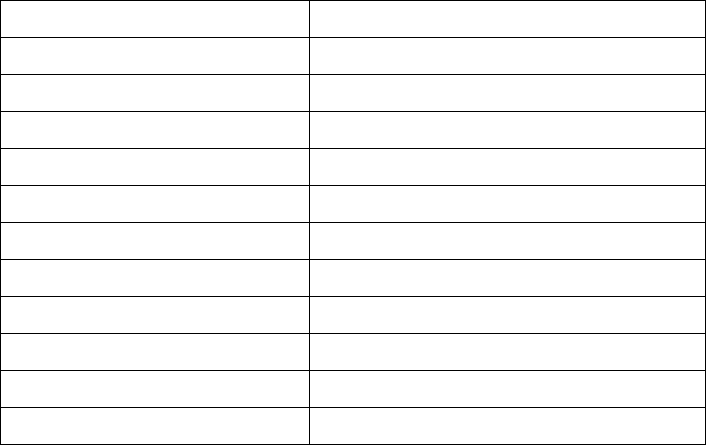
Auxiliary Features
■ Power management includes digital shutdown and wake-up commands with an integrated
low-power oscillator for ultra-low power Park/Sniff/Hold mode
■ On-chip regulators: 1.5V output from 1.8V to 2.7V input and 1.8V output from 2.7V to 4.5V input
■ On-chip high-efficiency switched-mode regulator; 1.8V output from 2.7V to 4.4V input
■ Power-on-reset cell detects low supply voltage
■ 10-bit ADC and 8-bit DAC available to applications
■ On-chip charger for lithium ion/polymer batteries
1.3 Specification
Chipset CSR BC05 Multimedia
Specification Version Bluetooth V2.1+EDR
Power Class Class 2
Frequency Band 2400~2483.5MHz
Max. Tx Power -6~+4dBm
RX Sensitivity <-70dBm
Distance >10m(No obstacle)
Flash Size 16M
Power Voltage 3.3V
Supply Current <40mA
Operation Temperature -10 ~ +45 ℃
Dimension 32mm(L)x 13.5 mm(W) x 1.2mm(H)
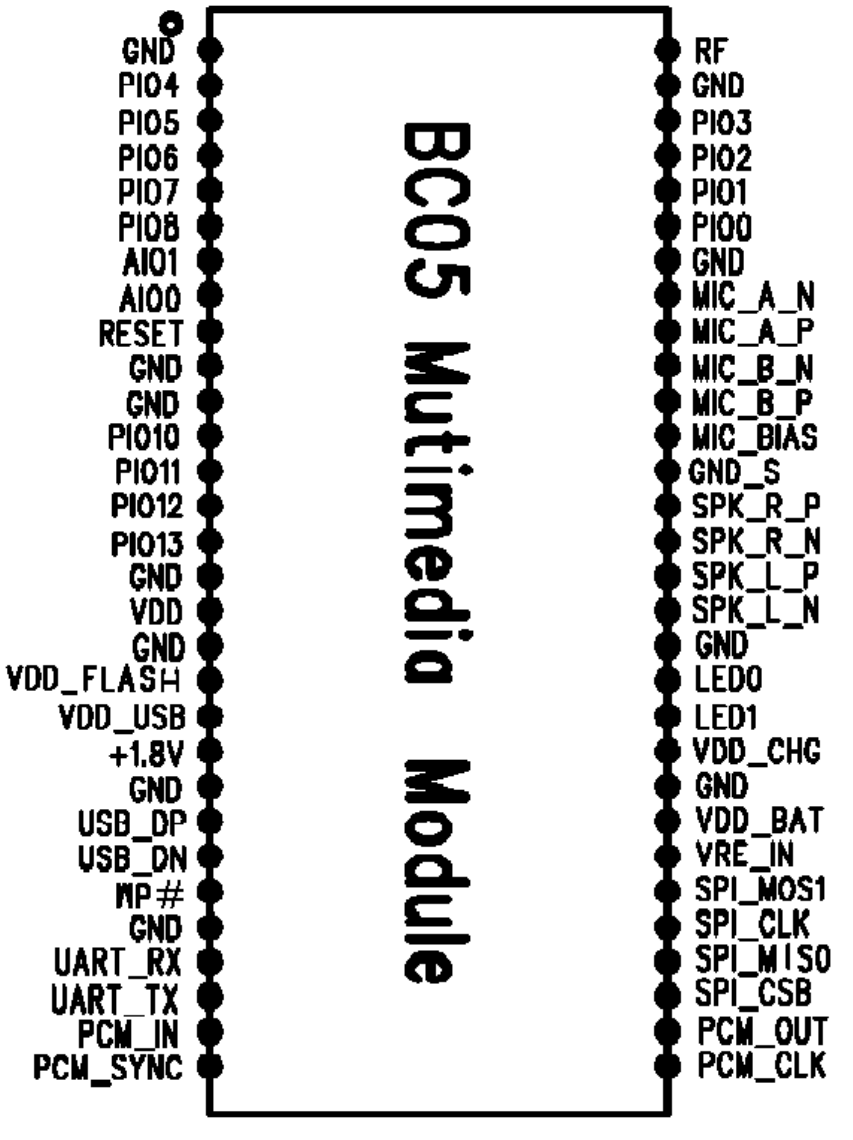
2.Package Information
2.1 Pinout Diagram
Figure 1: BC05 Module Pinout(Top View)
2.2 Terminal Functions
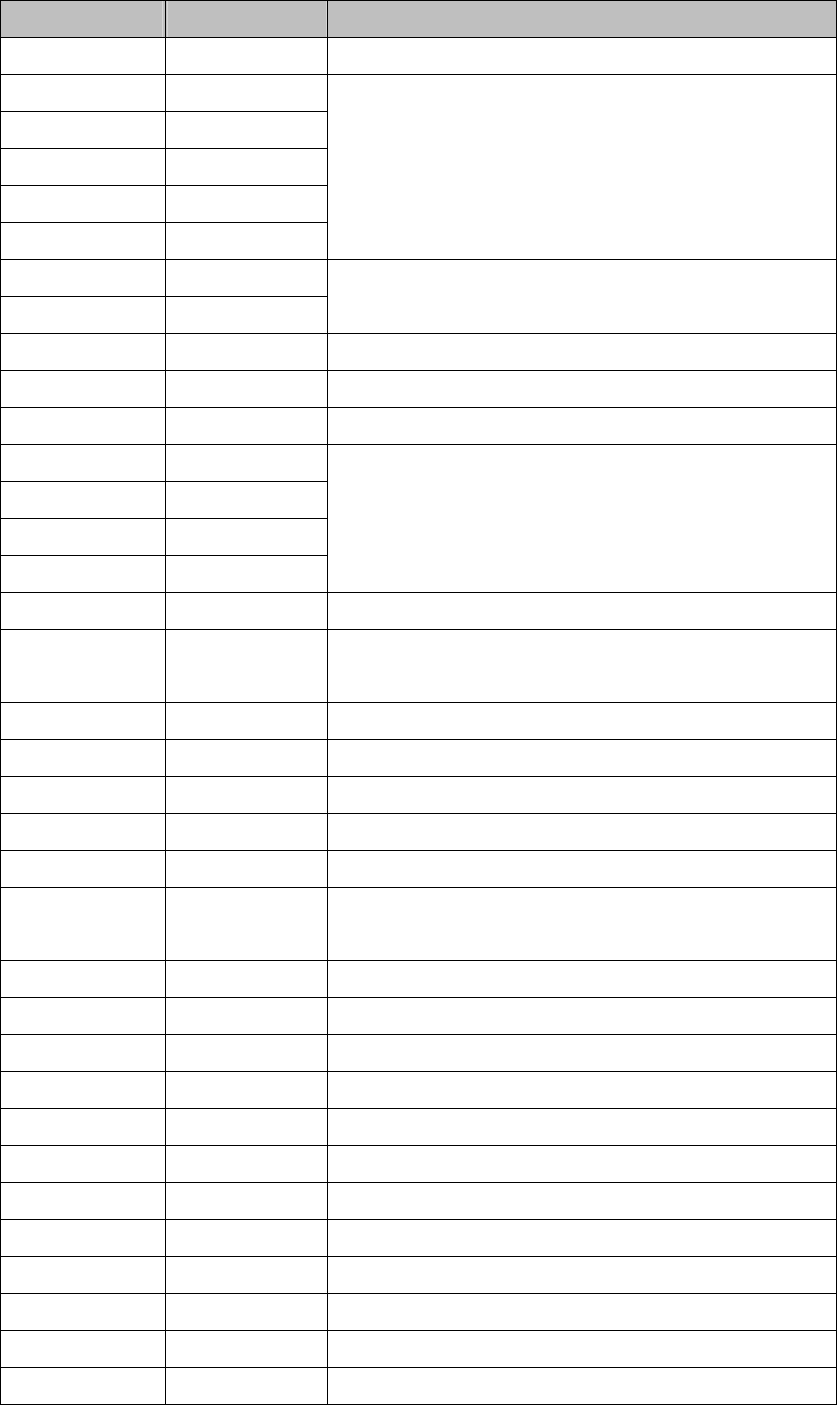
Pin Name Pin Number Description
GND 1 Ground
PIO4 2
PIO5 3
PIO6 4
PIO7 5
PIO8 6
Programmable input/output line
AIO1 7
AIO0 8 Analogue programmable input/output
RESET 9 System Reset(Low Active)
GND 10 Ground
GND 11 Ground
PIO10 12
PIO11 13
PIO12 14
PIO13 15
Programmable input/output line
GND 16 Ground
VDD 17 Positive supply for SPI/PCM ports and PIO[15:4]
and BC05 MM Flash Pads, Connect to 3.3V
GND 18 Ground
VDD_Flash 19 Positive supply for Flash Memory ,Connect to 3.3V
VDD_USB 20 Positive supply for UART/USB ports
+1.8V 21 Switch-mode power regulator output
GND 22 Ground
USB_DP 23 USB data plus with selectable internal 1.5k Ω
pull-up resistor
USB_DN 24 USB data minus
WP# 25 Flash write protect(Low Active)
GND 26 Ground
UART_RX 27 UART data input
UART_TX 28 UART data output
PCM_IN 29 Synchronous data input
PCM_SYNC 30 Synchronous data sync
PCM_CLK 31 Synchronous data clock
PCM_OUT 32 Synchronous data output
SPI_CSB 33 Chip select for SPI, active low
SPI_MOSO 34 SPI data output
SPI_CLK 35 SPI clock
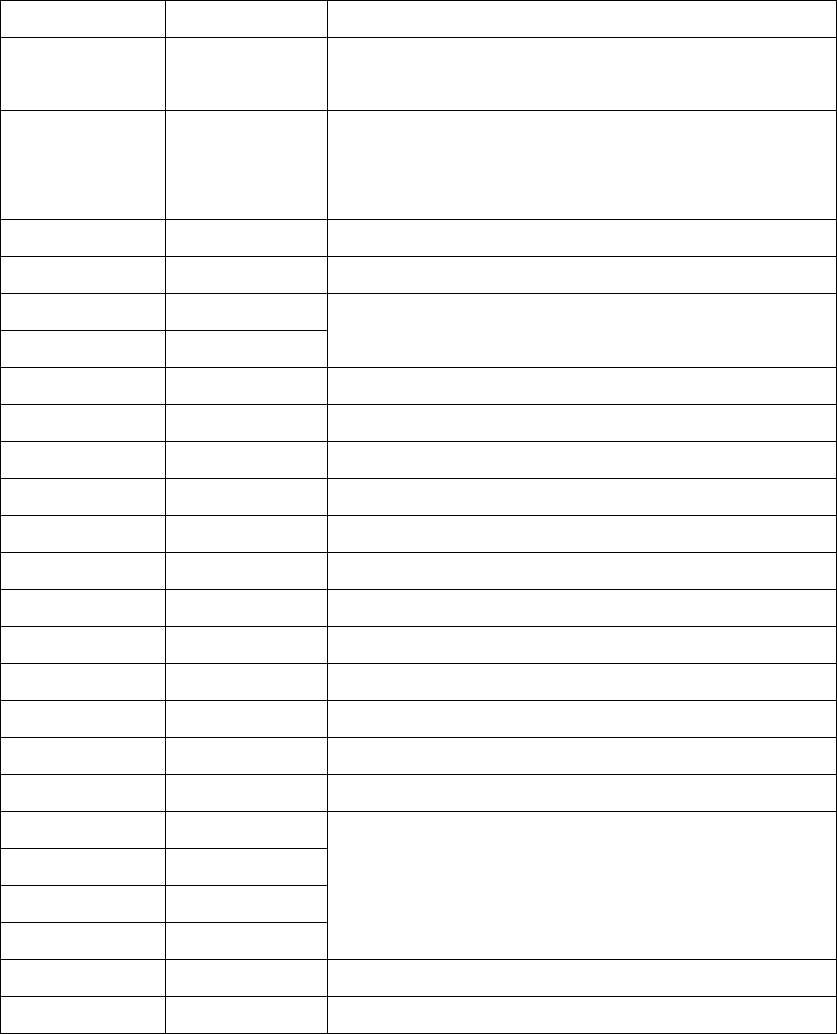
SPI_MOSI 36 SPI data intput
VRE_IN 37 Take high to enable high-voltage linear regulator
and switch-mode regulator
VDD_BAT 38
Lithium ion/polymer battery positive terminal.
Battery charger output and input to switch-
mode
regulator
GND 39 Ground
VDD_CHG 40 Battery charge
LED1 41
LED0 42 LED Driver
GND 43 Ground
SPK_L_N 44 Speaker output negative, left
SPK_L_P 45 Speaker output positive, left
SPK_R_N 46 Speaker output negative, right
SPK_R_P 47 Speaker output positive, right
GND_S 48 Signal Ground
MIC_BIAS 49 Microphone bias
MIC_B_P 50 Microphone input positive, right
MIC_B_N 51 Microphone input negative, right
MIC_A_P 52 Microphone input positive, left
MIC_A_N 53 Microphone input negative, left
GND 54 Ground
PIO0 55
PIO1 56
PIO2 57
PIO3 58
Programmable input/output line
GND 59 Ground
RF 60 Transmitter output/switched receiver input
2.3 Package Dimensions
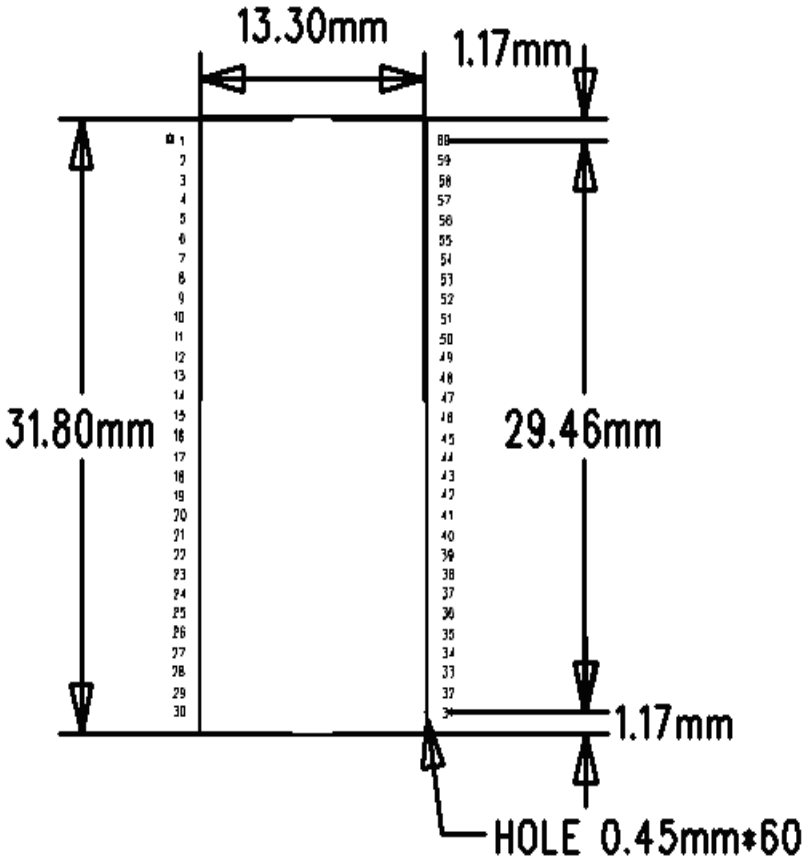
Figure 2: BC05 Module package Dimensions
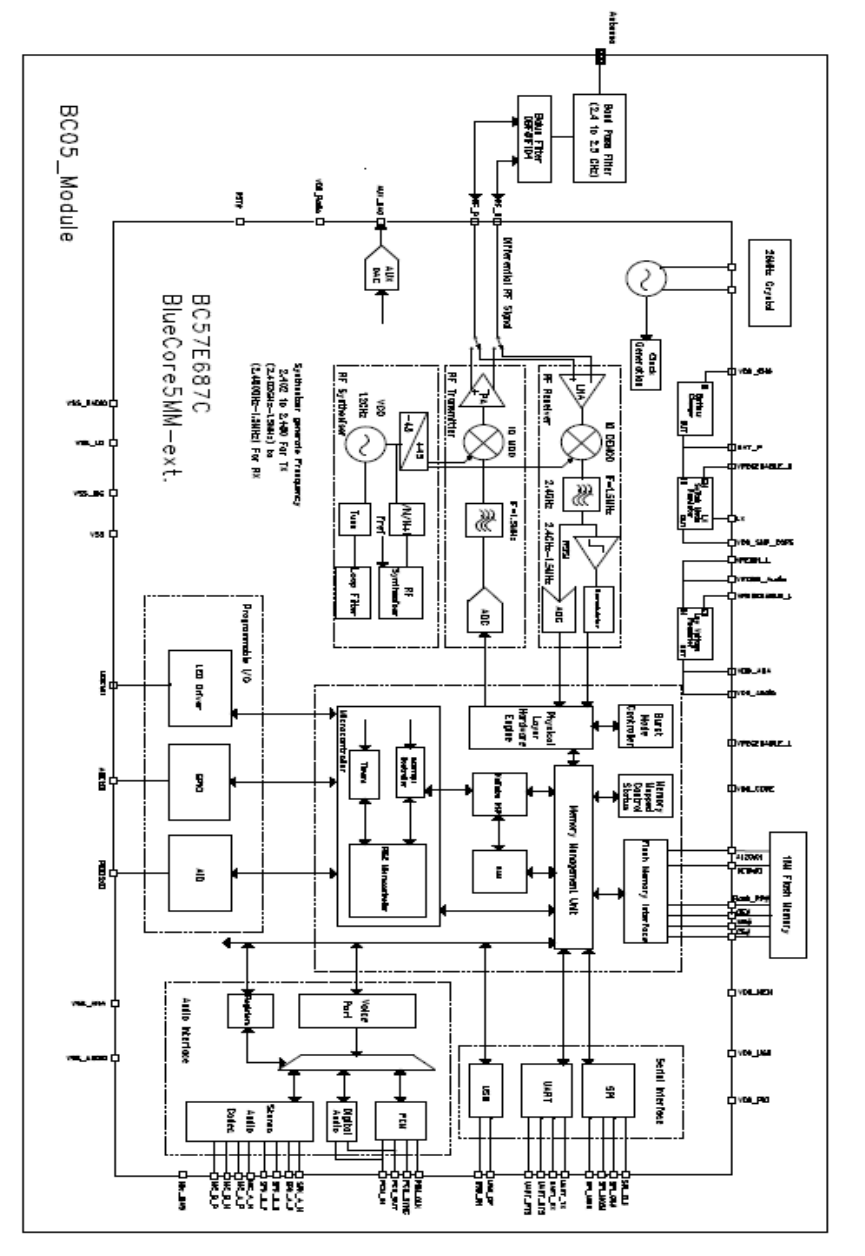
3.Hardware Description
3.1 Block Diagram
Figure 3: BC05 Module Block Diagram
3.2 RF Ports
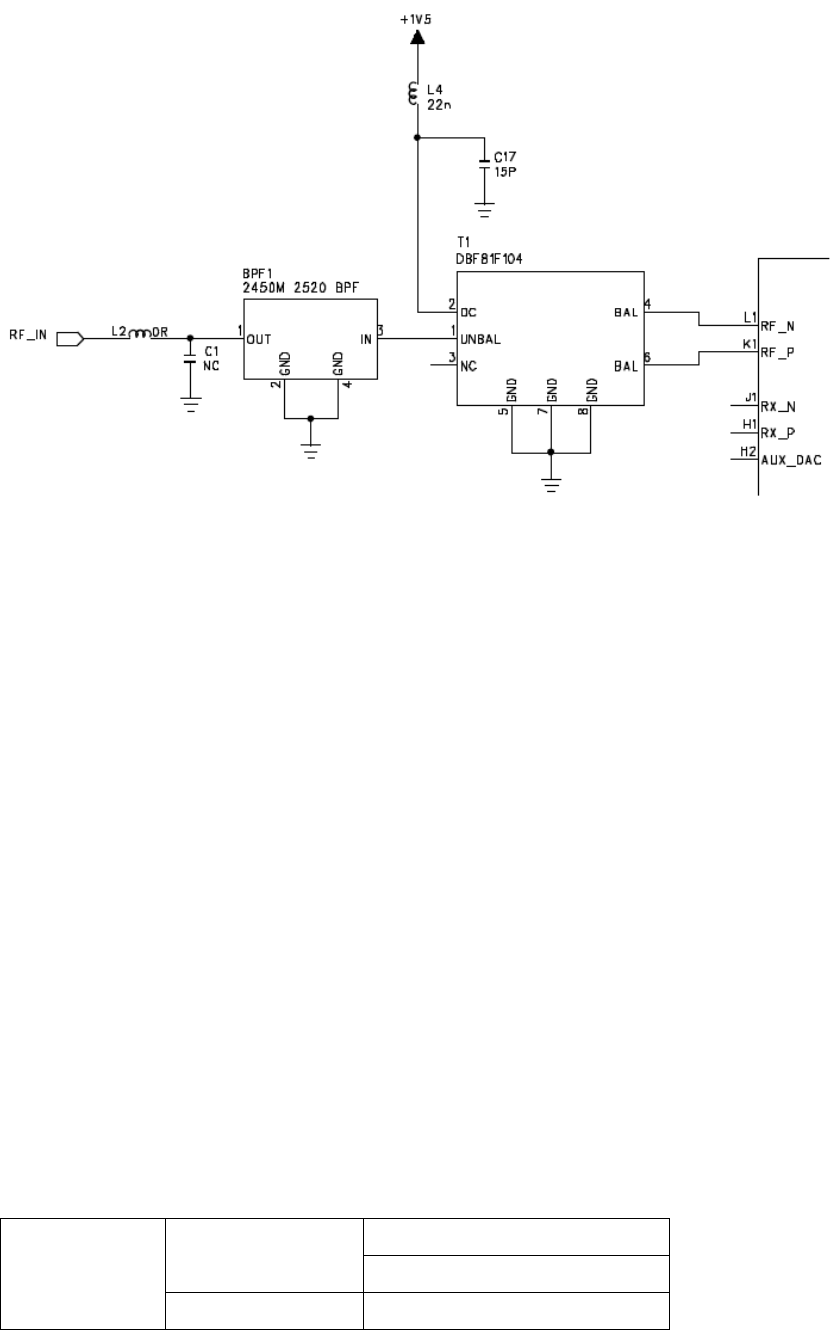
Figure 4: RF Ports Diagram
RF_N and RF_P form a complementary balanced pair and are available for both
transmit and receive. On transmit their outputs are combined using an external balun
into the single-ended output required for the antenna. Similarly, on receive their input
signals are combined internally. Both terminals present similar complex impedances
that may require matching networks between them and the balun.
An LC network, L4 and C17. This provides a DC bias for the BlueCore5-MM
from the 1.5V rail.
The BPF1 used to suppress the signal out of Bluetooth Frequency Band and
enhance the EMC capacity.
The DC level must be set at VDD_RADIO.
3.3 UART Ports
BC05 Module UART interface provides a simple mechanism for communicating
with other serial devices using the RS232 protocol. When BlueCore5‑Multimedia
External is connected to another digital device, UART_RX and UART_TX transfer
data between the two devices.
The Baud rate of the UART ports:
1200 baud (≤2%Error)
Minimum 9600 baud (≤1%Error)
Baud rate
Maximum 4Mbaud (≤1%Error)
3.4 USB Ports
This is a full speed (12Mbits/s) USB interface for communicating with other
compatible digital devices.BC05 Module acts as a USB peripheral, responding to
requests from a master host controller such as a PC.
As USB is a master/slave oriented system (in common with other USB
peripherals), BlueCore5‑Multimedia External only supports USB Slave operation.
4. Green Products and RoHS Compliance
5. Reference
1) BlueCore5-Multimedia External Product Data Sheet, CS-101568-DSP4 (bc05-ds-
004P)
2) Specification of the Bluetootn System , Verion 2.1+EDR
FCC Statement
This equipment has been tested and found to comply with the limits for a Class B digital device, pursuant
to Part 15 of the FCC Rules. These limits are designed to provide reasonable protection against harmful
interference in a residential installation. This equipment generates, uses and can radiate radio frequency
energy and, if not installed and used in accordance with the instructions, may cause harmful interference
to radio communications. However, there is no guarantee that interference will not occur in a particular
installation. If this equipment does
cause harmful interference to radio or television reception, which can be determined by turning
the equipment off and on, the user is encouraged to try to correct the interference by one or more of the
following measures:
— Reorient or relocate the receiving antenna.
— Increase the separation between the equipment and receiver.
— Connect the equipment into an outlet on a circuit different from that to which the receiver is
connected.
— Consult the dealer or an experienced radio/TV technician for help.
FCC Radiation Exposure Statement
This equipment complies with FCC radiation exposure limits set forth for an uncontrolled environment.
1. This Transmitter must not be co-located or operating in conjunction with any other antenna or
transmitter.
2. This equipment complies with FCC RF radiation exposure limits set forth for an uncontrolled
environment. This equipment should be installed and operated with a minimum distance of 20
centimeters from user and bystanders.
This equipment complies with Part 15 of the FCC Rules.Operation is subject to the following two
conditions: (1) This device may not cause harmful interference, and (2) This device must accept any
interference received, including interference that may cause undesired operation.
Caution!
The manufacturer is not responsible for any radio or TV interference caused by unauthorized
modifications to this equipment. Such modifications could void the user authority to operate
the equipment.
Canada IC statements :
This device complies with Industry Canada licence-exempt RSS-210. Operation is subject to
the following two conditions: (1) this device may not cause interference, and (2) this device
must accept any interference, including interference that may cause undesired operation of the
device.
Le présent appareil est conforme aux CNR d'Industrie Canada applicables aux appareils radio
exempts de licence. L'exploitation est autorisée aux deux conditions suivantes : (1) l'appareil
ne doit pas produire de brouillage, et (2) l'utilisateur de l'appareil doit accepter tout brouillage
radioélectrique subi, même si le brouillage est susceptible d'en compromettre le
fonctionnement.
The device meets the exemption from the routine evaluation limits in section 2.5 of RSS 102
and compliance with RSS-102 RF exposure, users can obtain Canadian information on RF
exposure and compliance.
Le dispositif rencontre l'exemption des limites courantes d'évaluation dans la section 2.5 de
RSS 102 et la conformité à l'exposition de RSS-102 rf, utilisateurs peut obtenir l'information
canadienne sur l'exposition et la conformité de rf.
Changes or modifications not expressly approved by the party responsible for
compliance could void the user's authority to operate the equipment
Remark:
The end device which install this module should indicate the information
"ContainFCC ID:AK8BTMS3"or "Contain IC:409B-BTMS3"on the label
of the end device
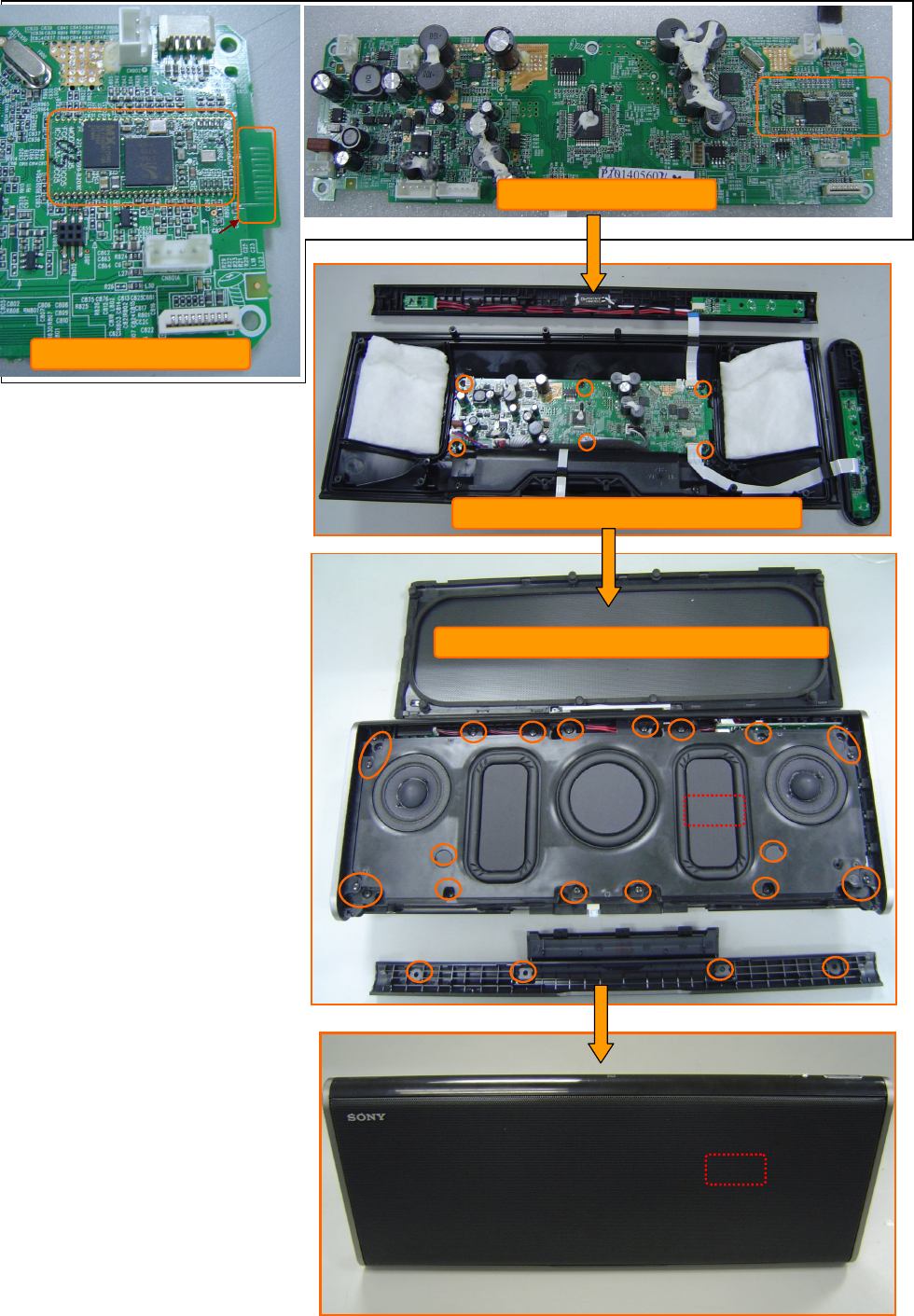
BTMS3 Install manual
Fix main board on Rear cabinet by screws.
BT module
BT Antenna
Main board test Pass.
Fix the front, rear,top,bottom cabinet by screws.
BT module Location
BT module and Antenna
BT module Location
Main board test Pass.